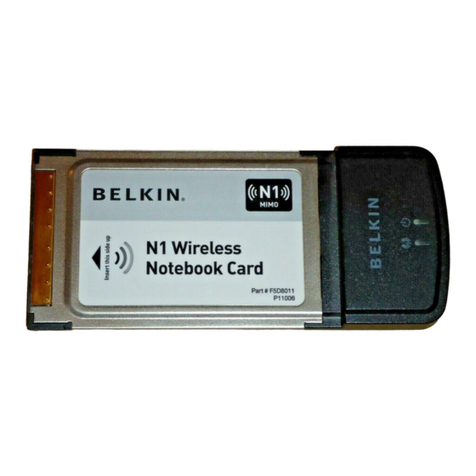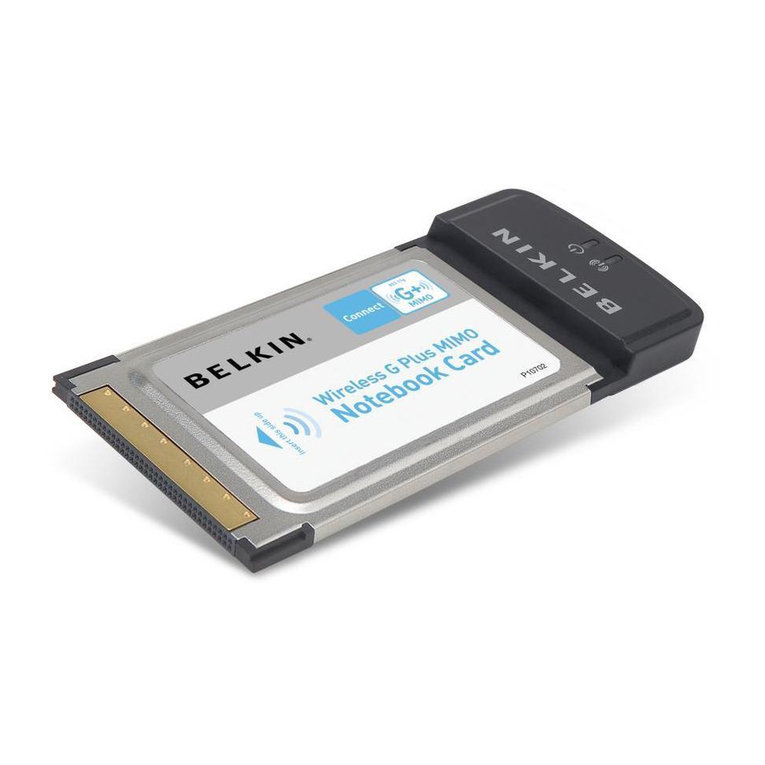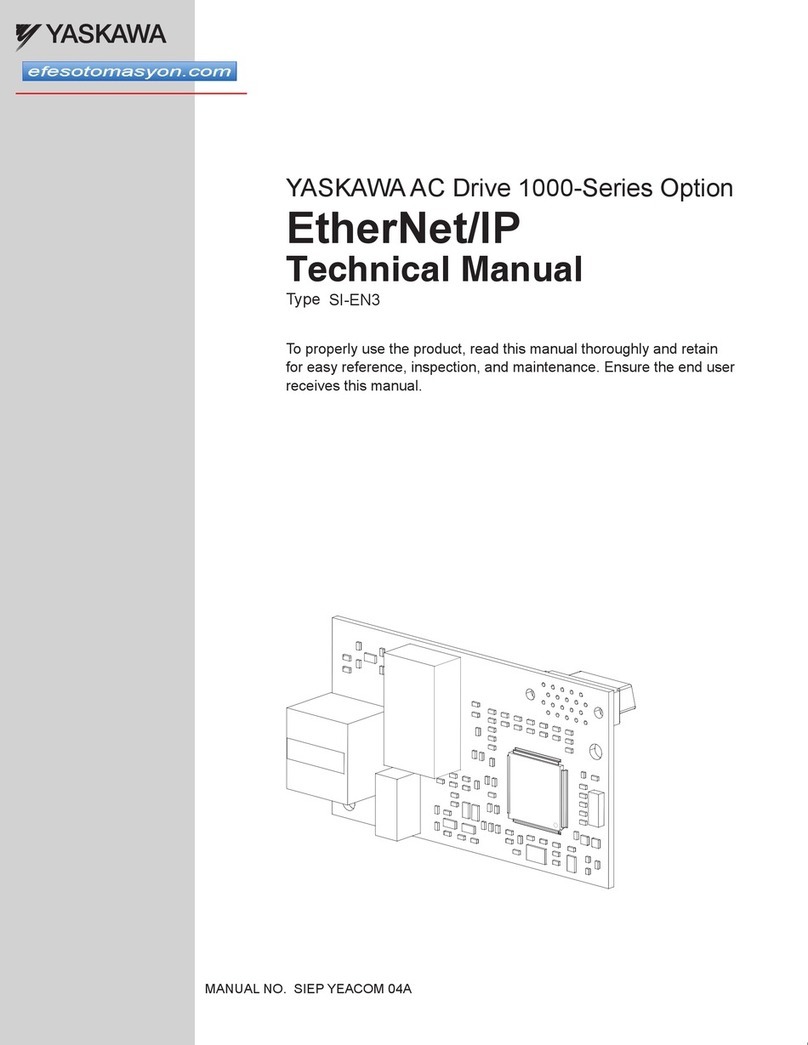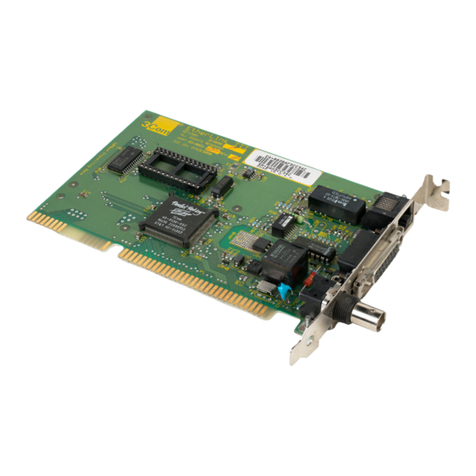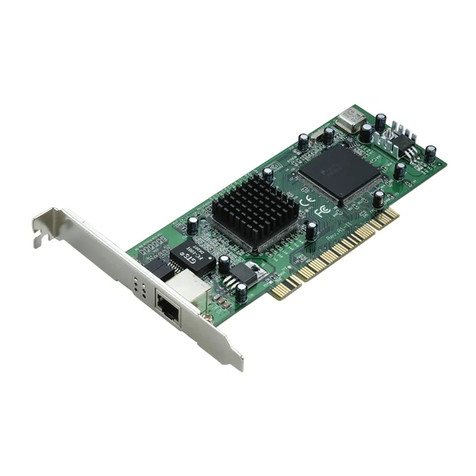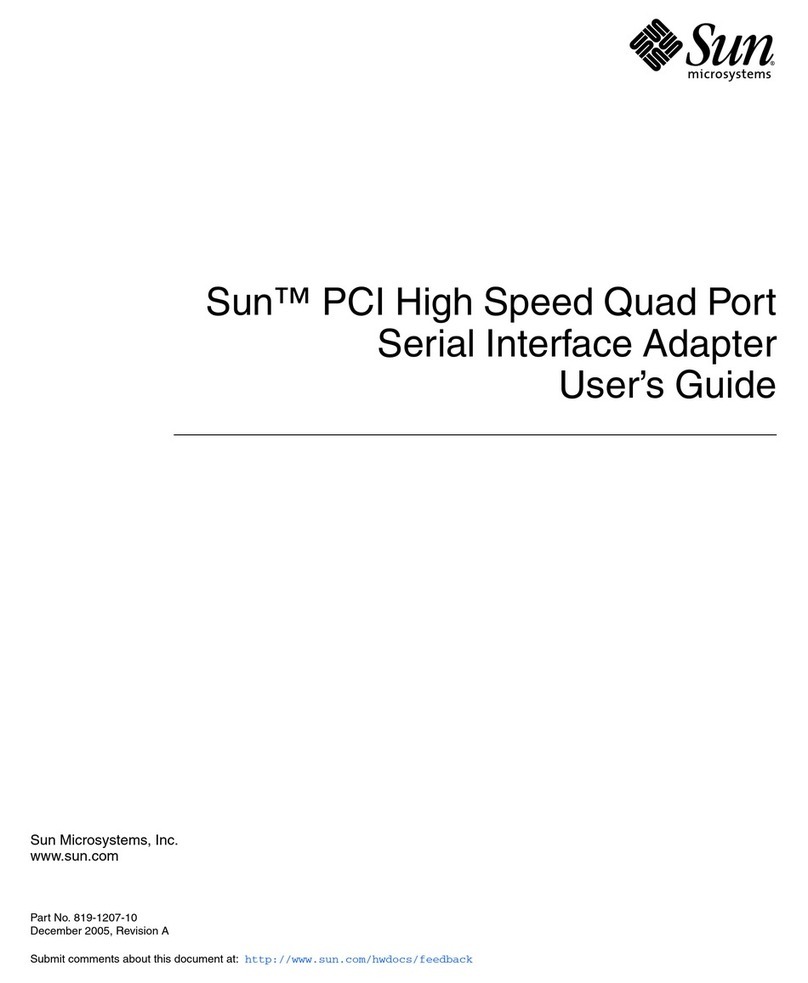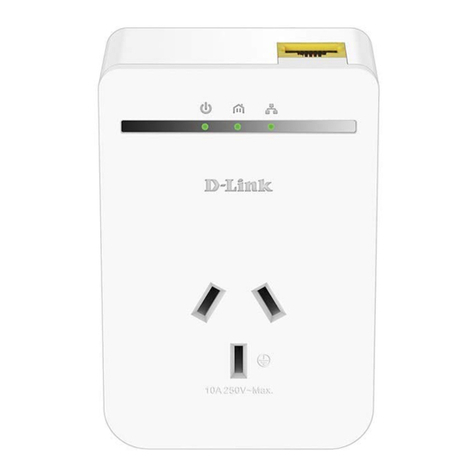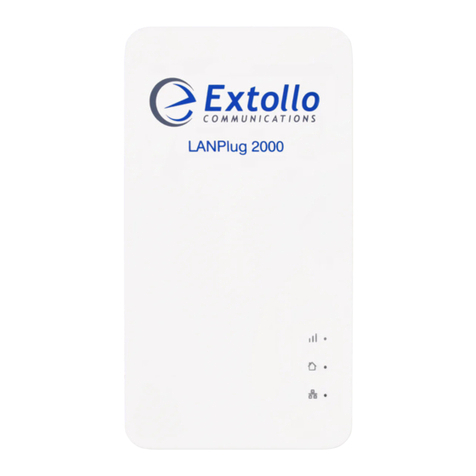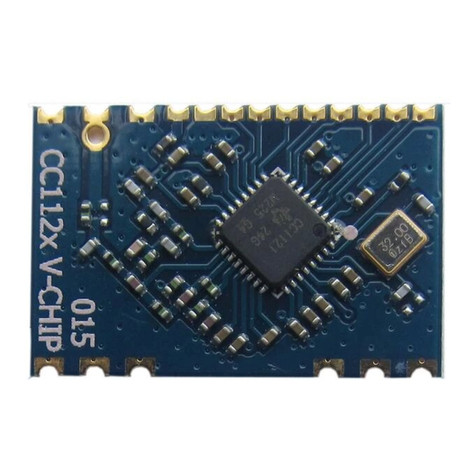Belkin F5D6060 User manual
Other Belkin Network Card manuals

Belkin
Belkin F5D8000 User manual

Belkin
Belkin F5D7000AU User manual
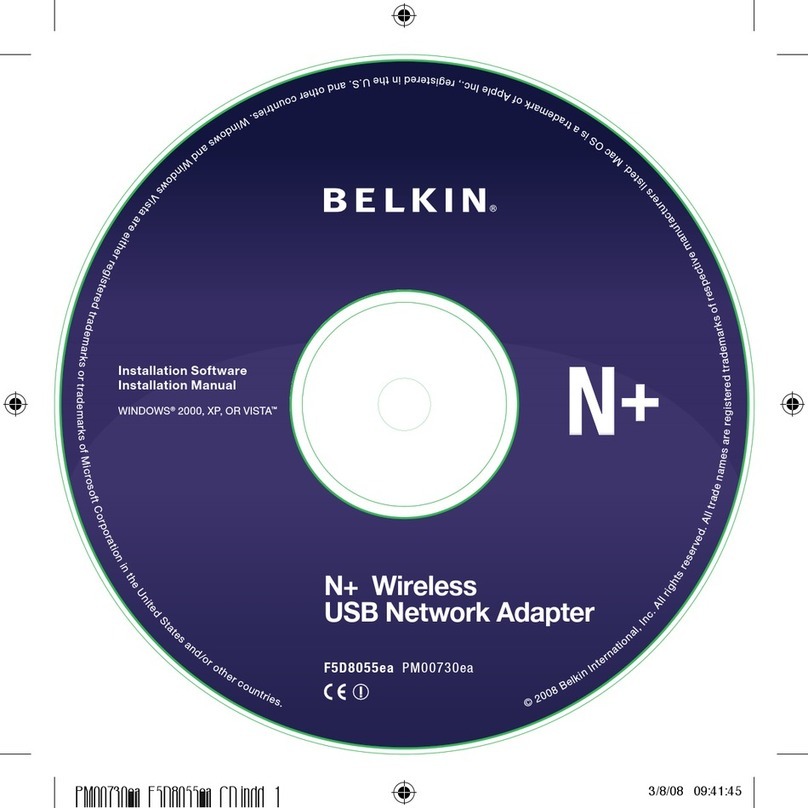
Belkin
Belkin PM00730EA User manual
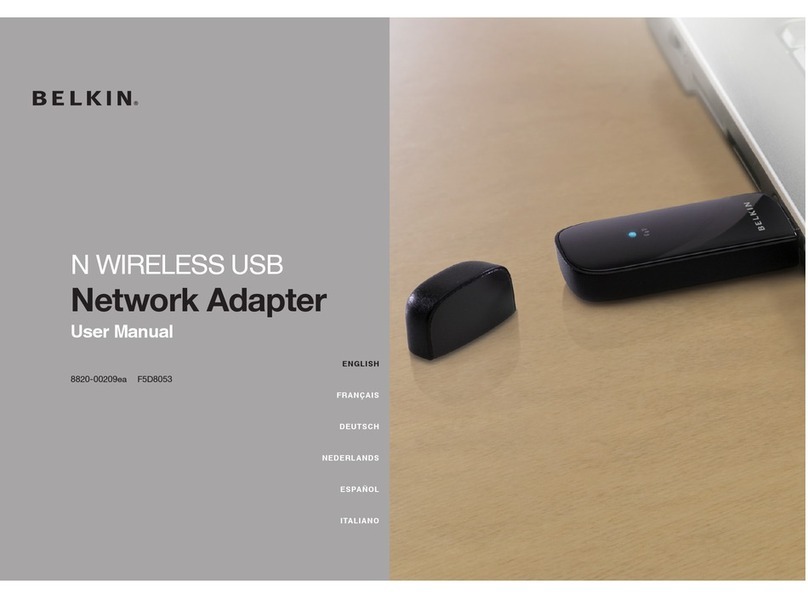
Belkin
Belkin 8820-00209EA F5D8053 User manual

Belkin
Belkin F5D7000 Manual
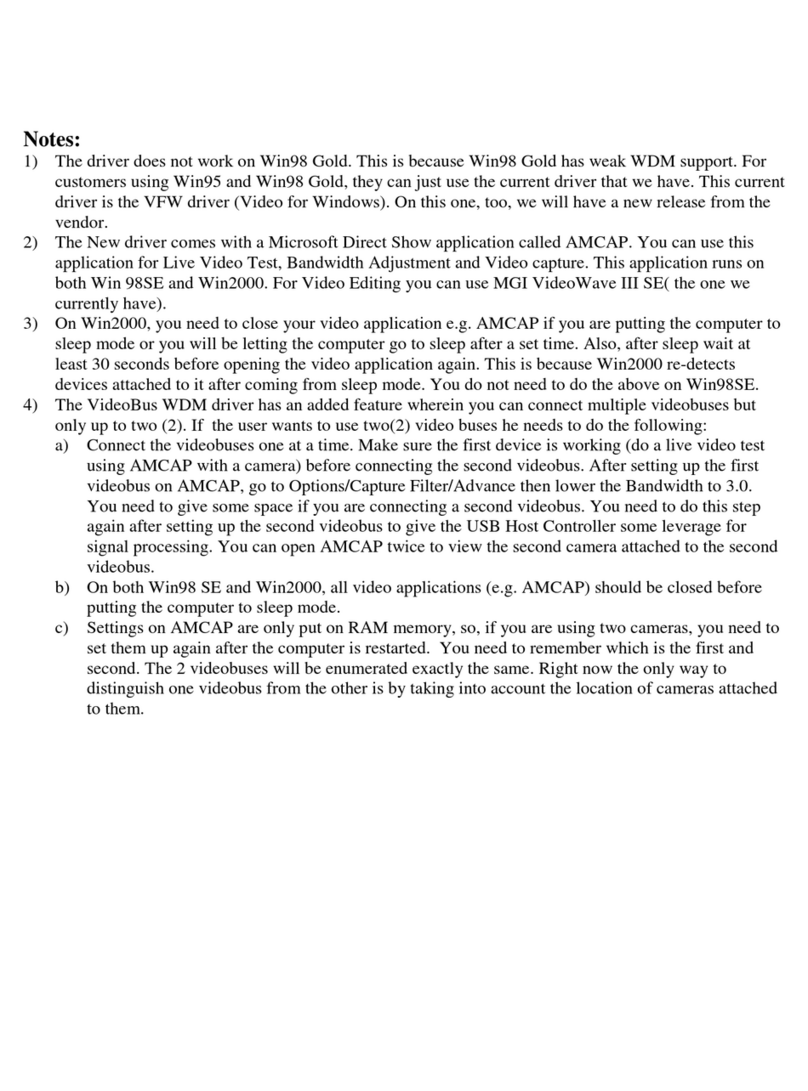
Belkin
Belkin F5U206 Dimensions
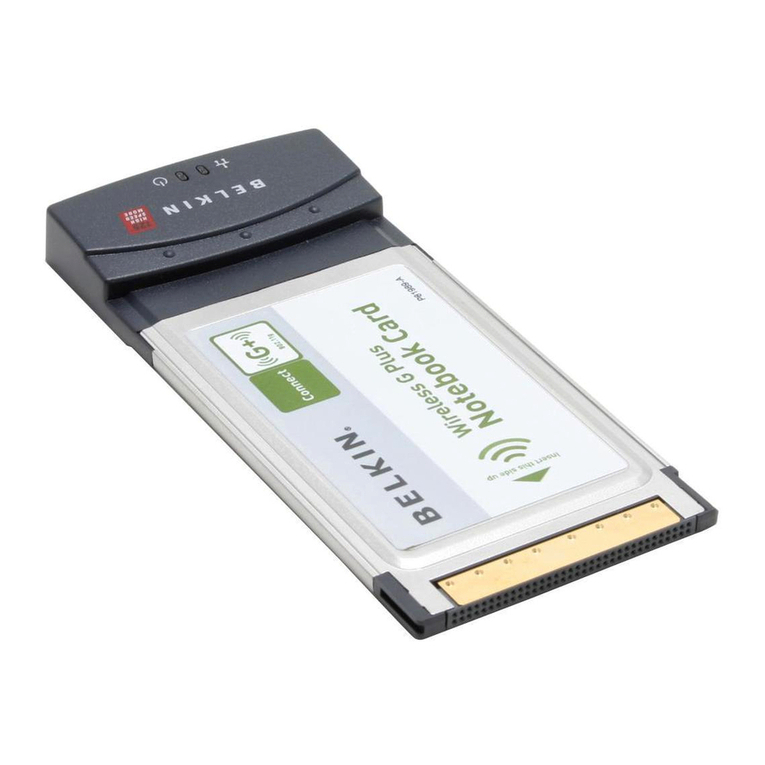
Belkin
Belkin F5D7011 User manual
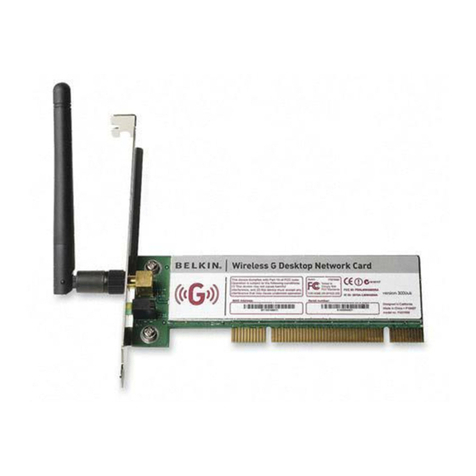
Belkin
Belkin Wireless G Router User manual
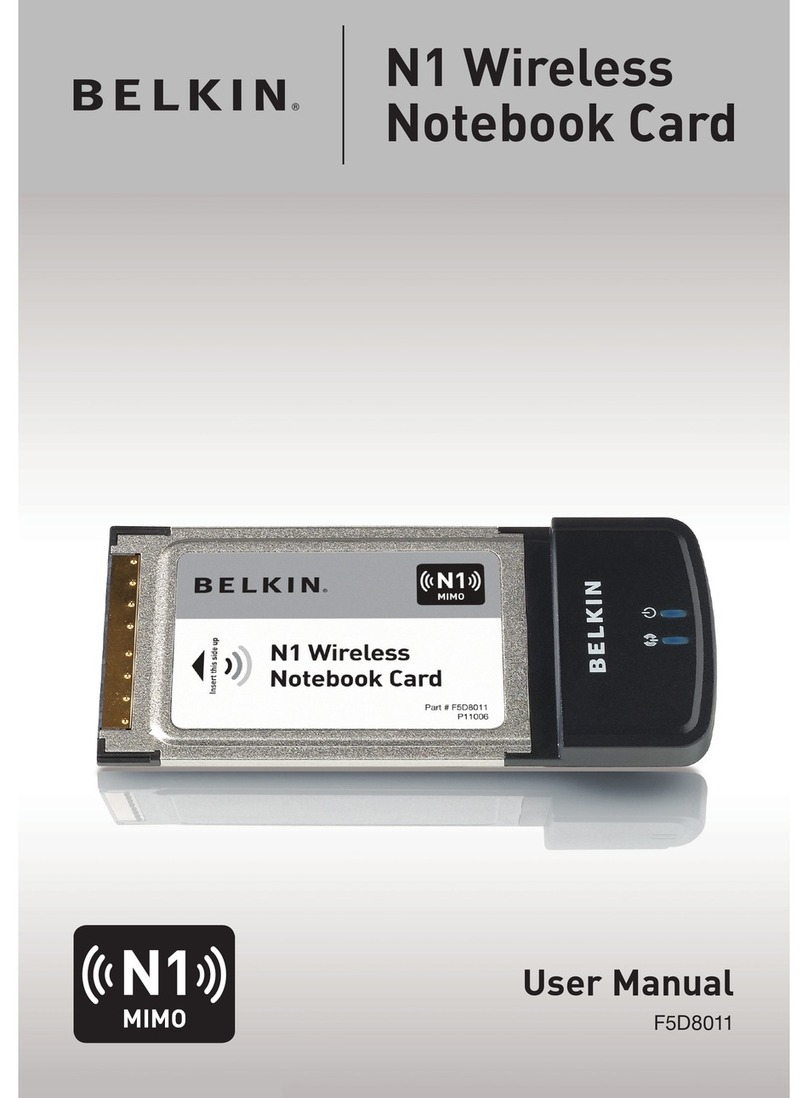
Belkin
Belkin N1 WIRELESS NOTEBOOK CARD F5D8011 User manual
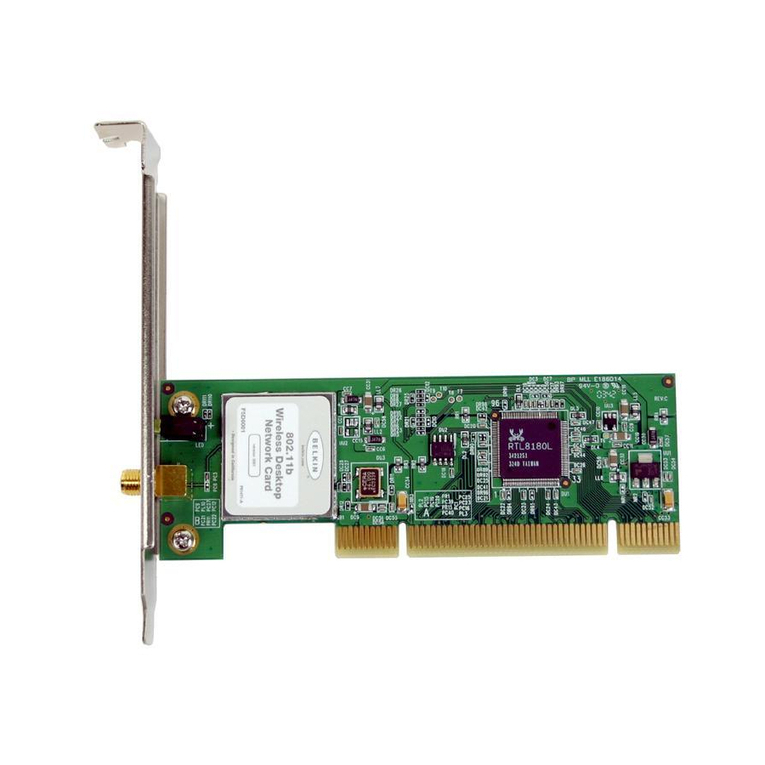
Belkin
Belkin F5D6001 User manual
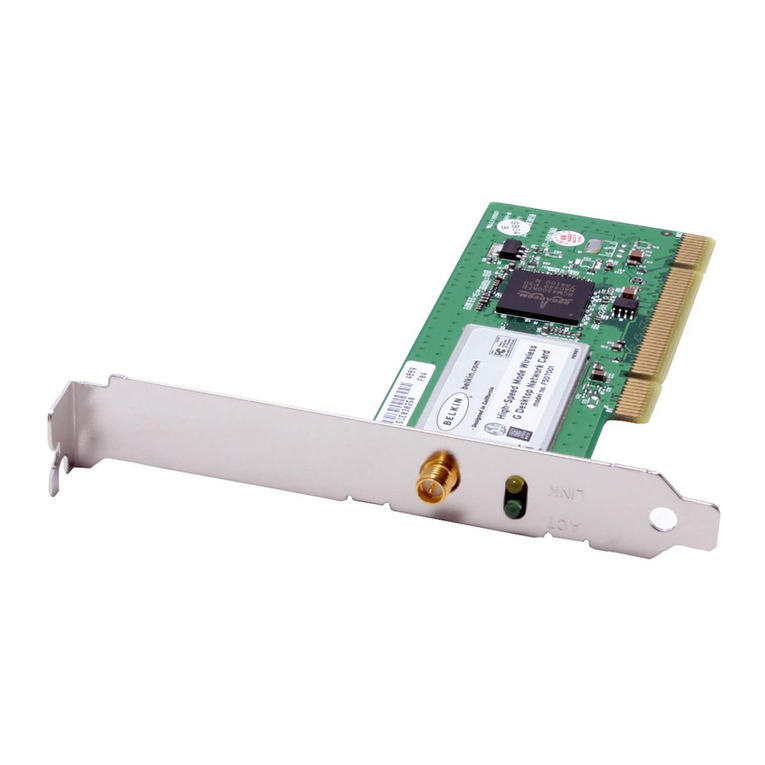
Belkin
Belkin DESKTOP CARD F5D7001 User manual
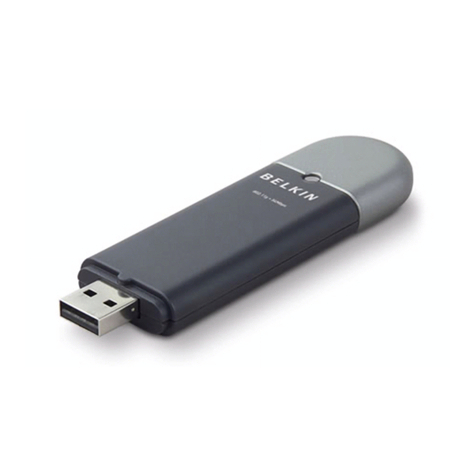
Belkin
Belkin Wireless G Router Installation and maintenance instructions

Belkin
Belkin F5D7000 User manual
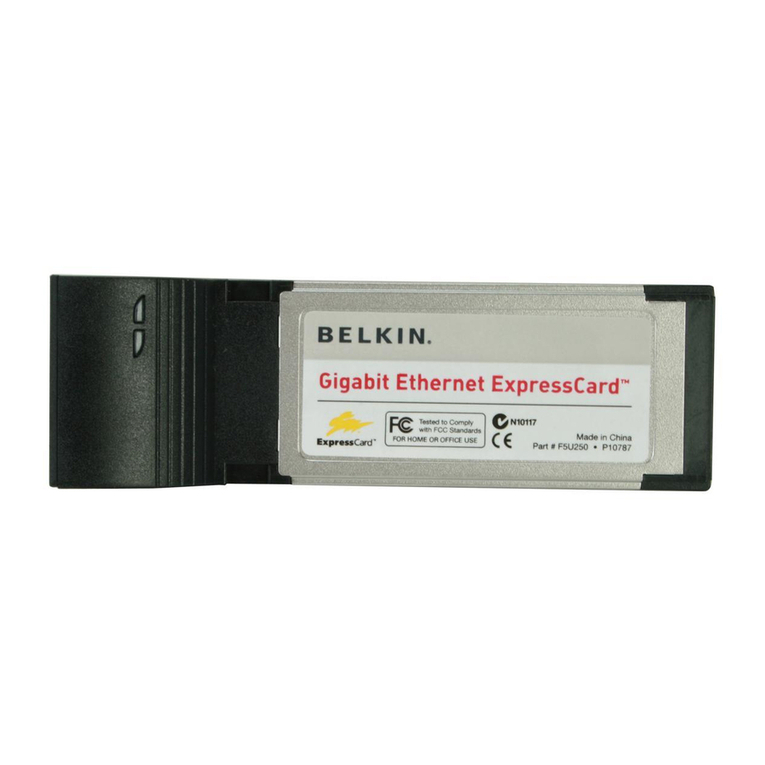
Belkin
Belkin Gigabit Ethernet ExpressCard F5U250 User manual
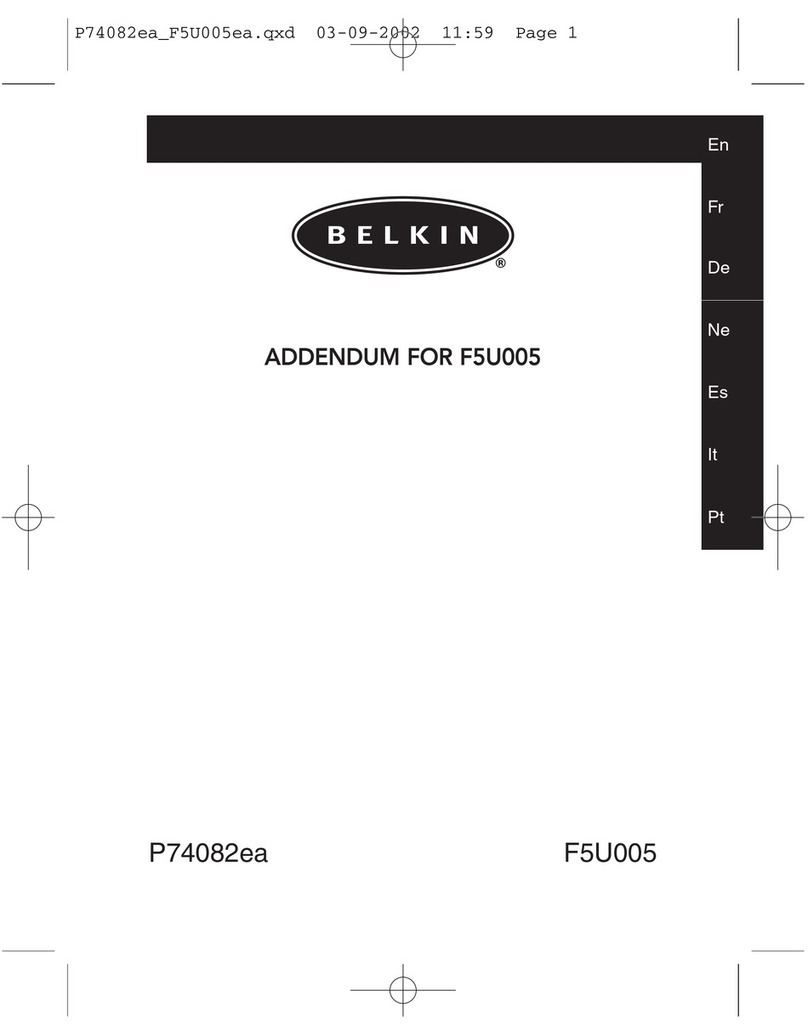
Belkin
Belkin F5U005EPORT Assembly instructions

Belkin
Belkin F5D70010 User manual
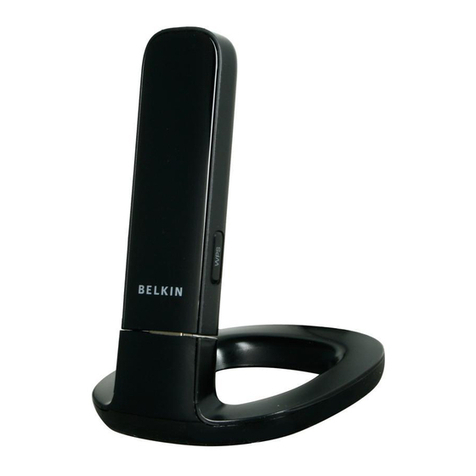
Belkin
Belkin F5D8055 User manual
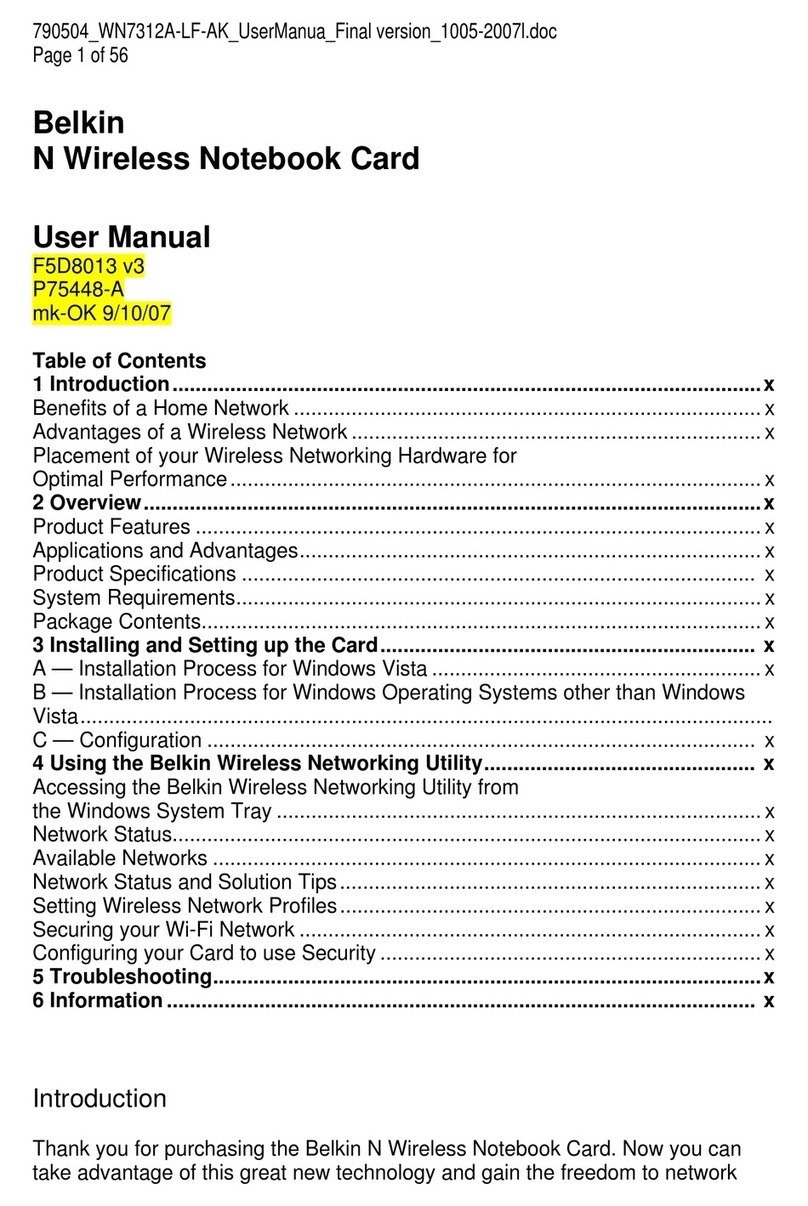
Belkin
Belkin F5D8013 v3 User manual
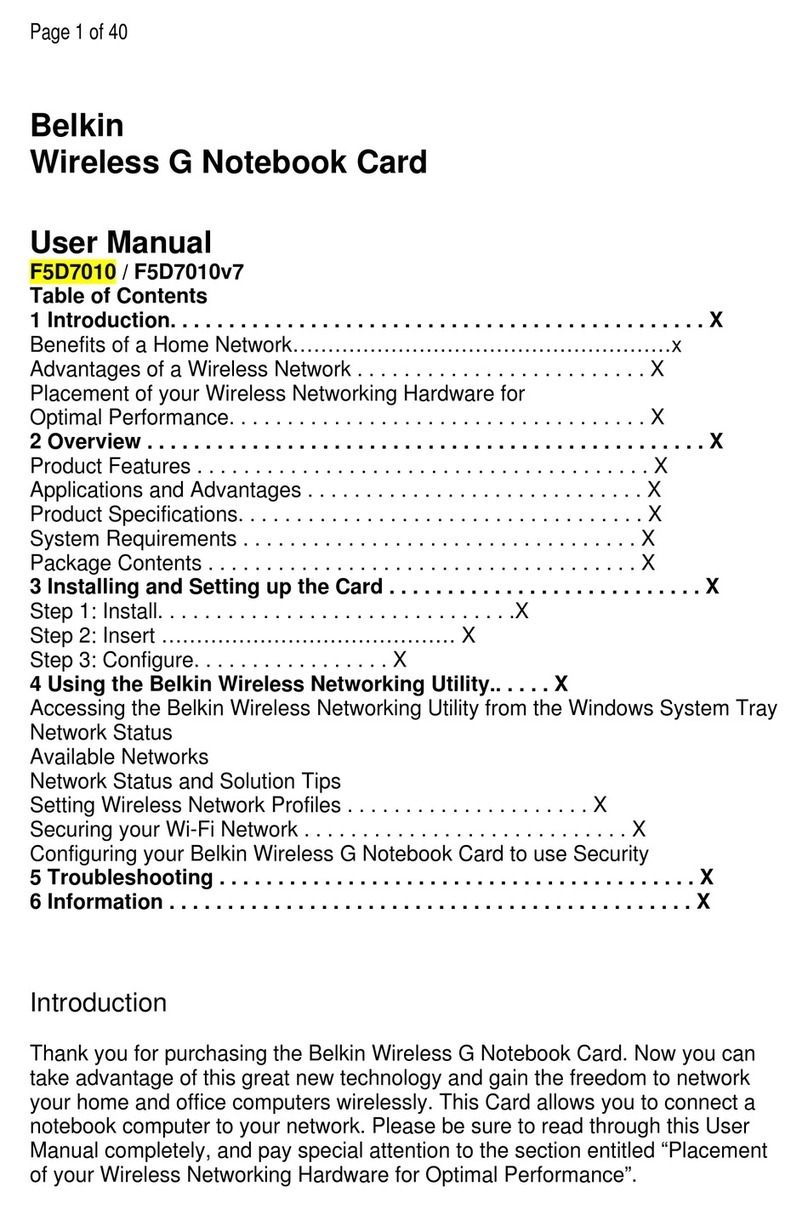
Belkin
Belkin F5D7010v7 User manual

Belkin
Belkin LAN Card User manual
Popular Network Card manuals by other brands
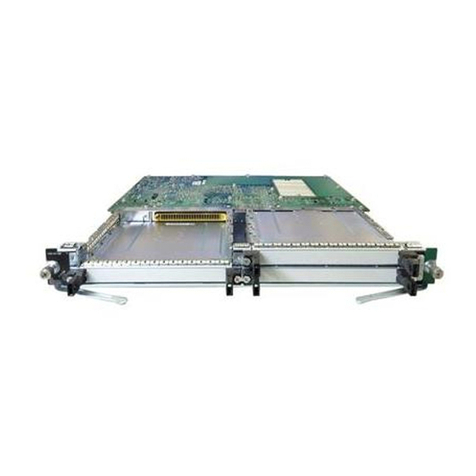
Cisco
Cisco MC16E installation guide
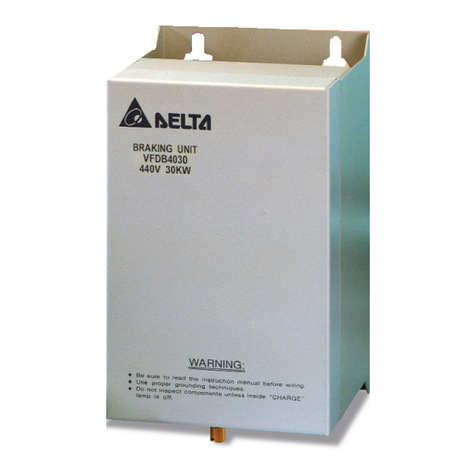
Delta Electronics
Delta Electronics Braking Modules VFDB Series instruction sheet

TwinMOS
TwinMOS Booming user manual
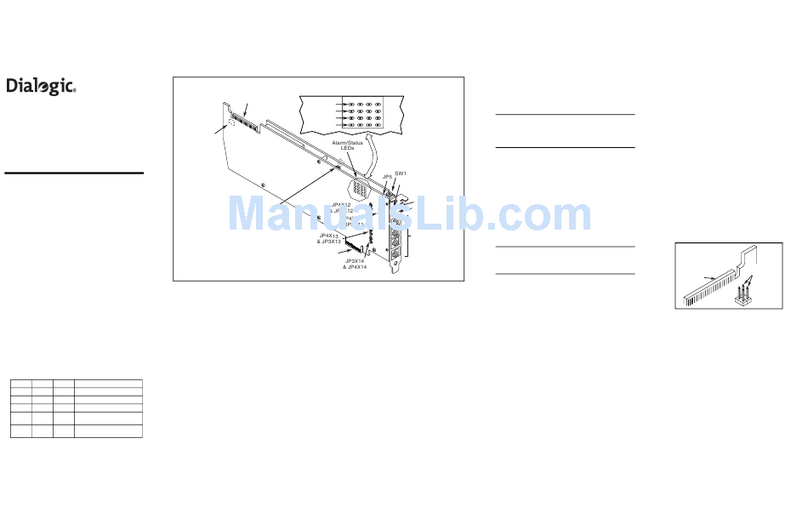
Dialogic
Dialogic Media Board DM/V1200BTEPEQ installation guide
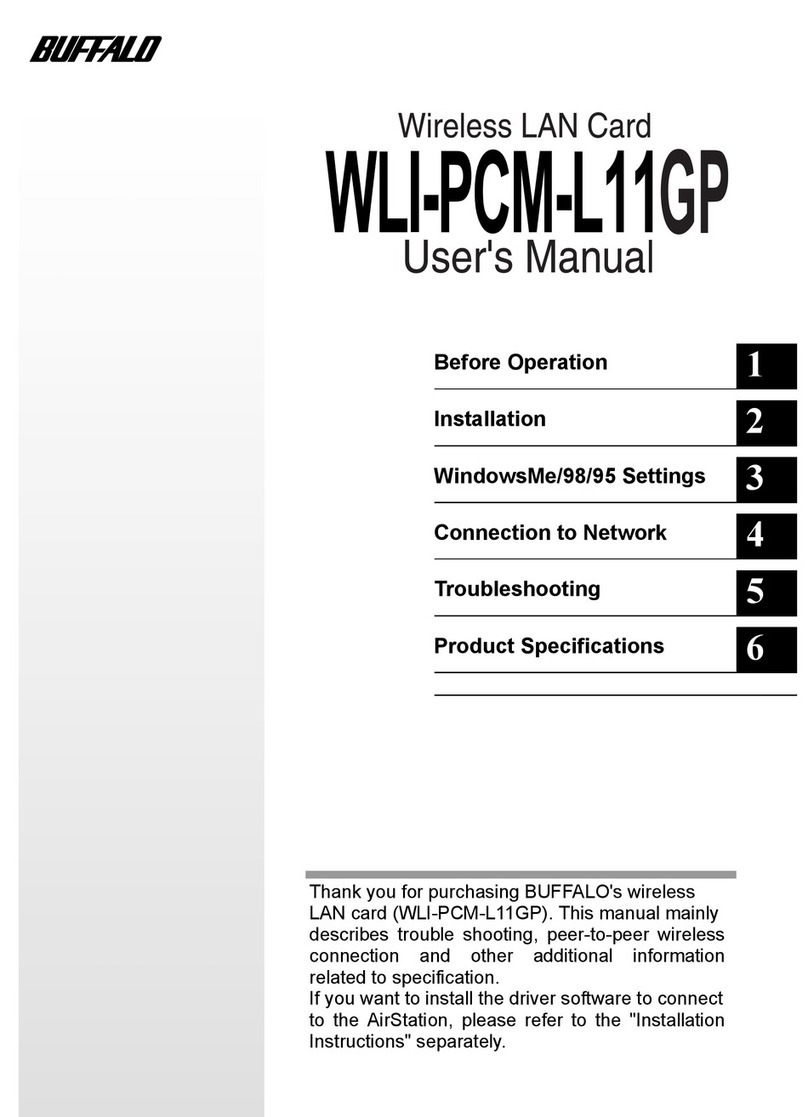
Buffalo
Buffalo AirStation WLI-PCM-L11GP user manual
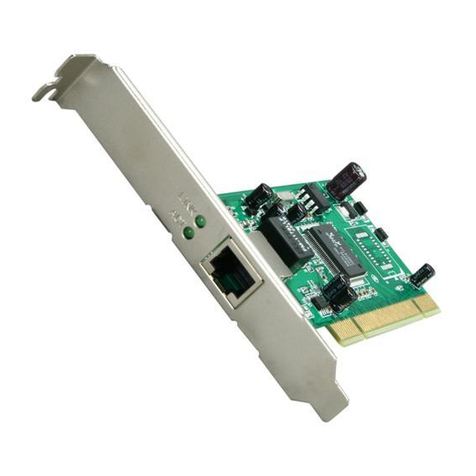
TRENDnet
TRENDnet TEG-PCITXR user guide
